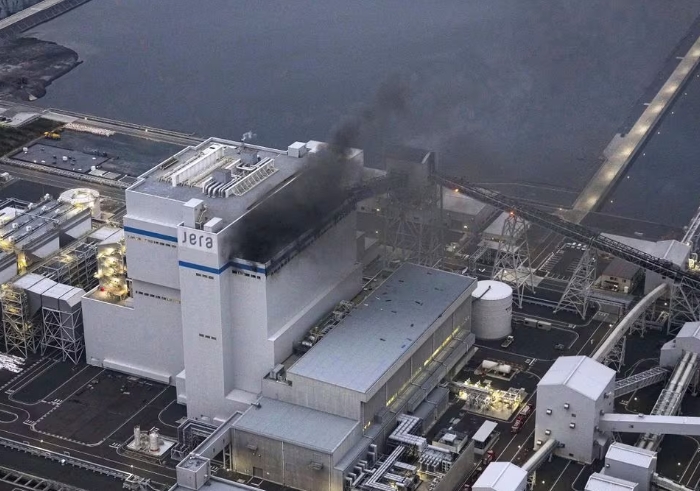
Japan is the world's second biggest buyer of liquefied natural gas (LNG) and any disruptions at its domestic power plants - be that thermal or nuclear facilities - are closely watched by traders for indications of a demand increase.
The Taketoyo No.5 unit in Aichi prefecture, one of Japan's biggest coal-fired power plants, is run by co-firing coal and biomass. It suspended operations on Wednesday after smoke emanated from near a boiler and a fire broke out on the belt conveyor transporting fuel.
JERA will conduct emergency inspections at the Hekinan thermal power plant in Aichi prefecture and the Hitachi Naka plant in Ibaraki prefecture, north of Tokyo, it said, to check mechanical devices such as electric motors and other machinery.
It was not immediately clear what has caused the fire at the Taketoyo plant or when the facility could be restarted, JERA's spokesperson told Reuters. The fire was put out the same day but broke out again early on Thursday and was extinguished in an hour.
Chubu Electric Power Grid, which controls the balance of power in the region, the heartland of Japan's industrial production, did not have imbalances following the fire, its website shows, opens new tab.
"There may be sufficient spare coal capacity elsewhere to cover the gap, but if that cannot be mustered, up to 1.5 million metric tones per annum of additional LNG demand may result from this coal outage," said Saul Kavonic, energy analyst at MST Marquee.
Japan's LNG imports fell by 8% to 66.2 million metric tons last year to the lowest since 2009 following nuclear power restarts and increased use of renewable energy. It is the world's second largest LNG importer behind China.